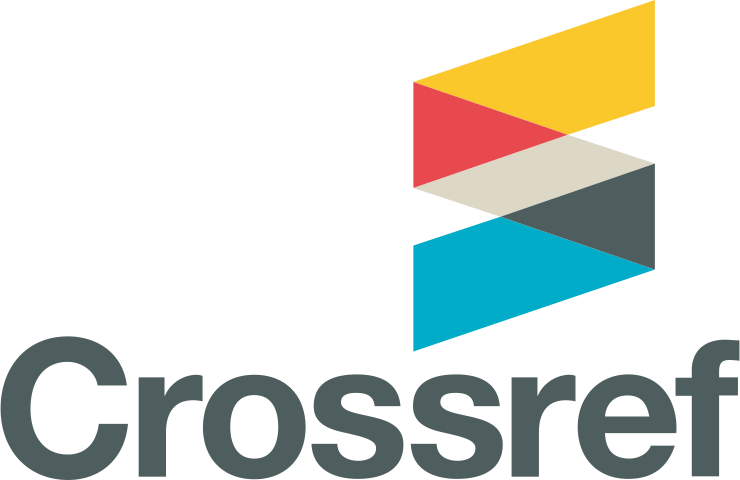RANCANG BANGUN ALAT UJI BENDING DENGAN SISTEM HIDROLIK
DOI:
https://doi.org/10.26740/jrm.v7i01.45067Abstract
The importance of bending testing is to determine the ability of the mechanical properties of materials, especially welded steel materials, to determine the flexibility of the material and the strength of the test material. Bending testing is mostly done to test the bending ability of the welded material. In materials science courses and in materials science laboratories there are no practical teaching aids and bending testing. Therefore, this bending test tool is made very safe for practical demonstrations and testing in the laboratory. In practice, there are still few material testing practitioners who pay attention to aspects of the effect of variations in the test object on the bending test results data, and the dimensions that already exist in the ASTM E855-08 standard that we use. For this reason, this bending test tool was made to study the effect of variations in the dimensions of the test object on bending testing. The test is carried out using a hydraulic system bending test equipment. The research method used is three-point bending, where the tool in this study is a modified tool from an existing tool. And the test of the S45C steel test material is a one-dimensional variation with three trials, namely with a size of 400x40mm and has a thickness of 5mm while the method used in this test is three-point bending. The test results show that the dimensions of the test object affect the compressive force that occurs during testing. The larger the dimensions tested, the greater the compressive force generated. When performing the bending test, the average value of flexural strength obtained using the three-point bending method for 5mm thick steel is 213.5 Mpa, the second test is 228 Mpa, and the third test is 232.1 Mpa.
Downloads
Downloads
Published
How to Cite
Issue
Section
 Abstract views: 375
,
Abstract views: 375
, PDF Downloads: 1200
PDF Downloads: 1200









